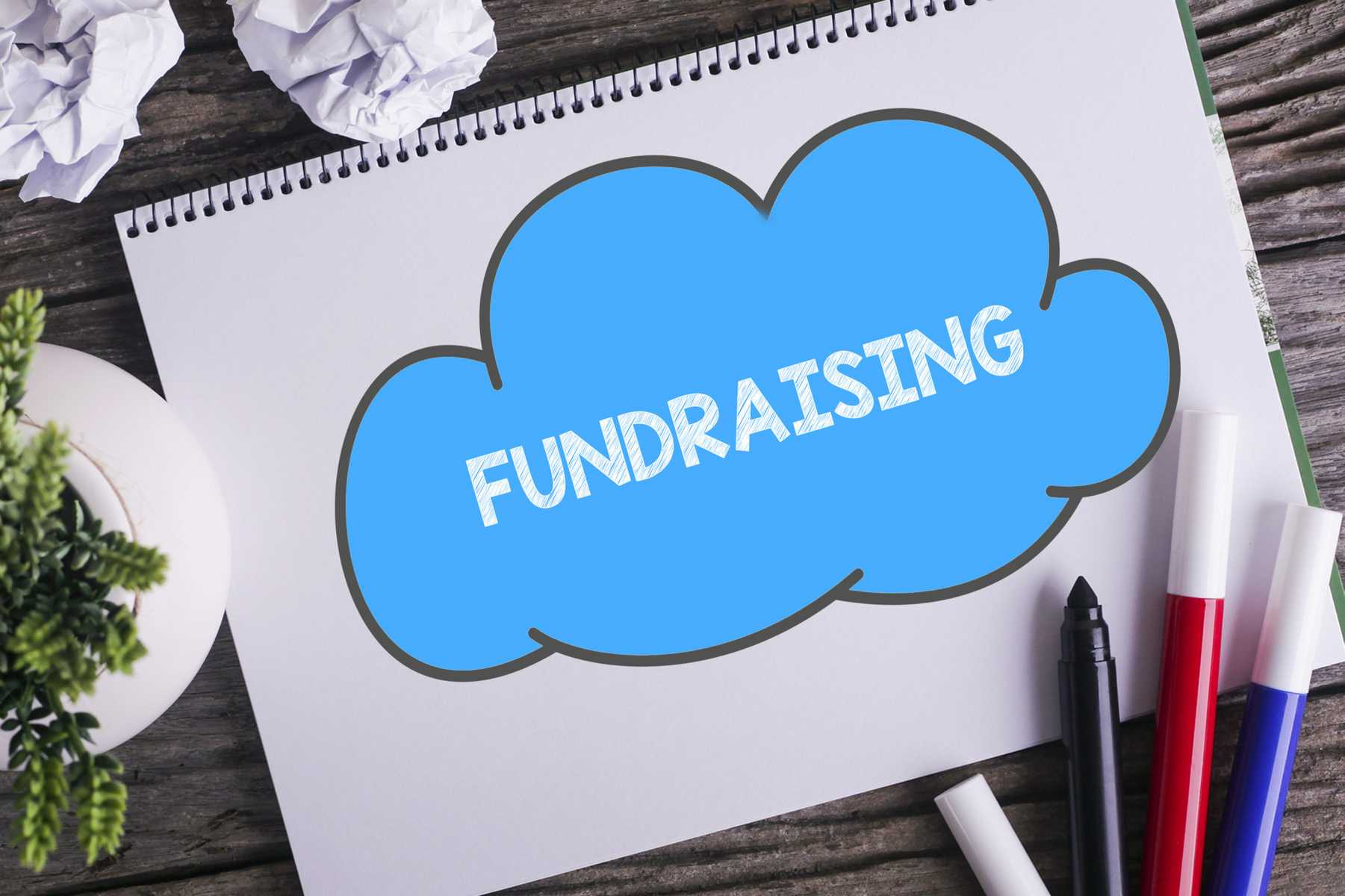Creative Nonprofit Fundraising Ideas: Increase Donations and Engagement
Creative Nonprofit Fundraising Ideas: Increase Donations and Engagement
Blog Article
The Function of Neighborhood Involvement in Nonprofit Fundraising: Structure Lasting Relationships for Sustainable Support
Area involvement is increasingly identified as an important part of successful nonprofit fundraising. By fostering real partnerships with regional stakeholders, companies can cultivate trust fund and loyalty, which are important for lasting support. Nonetheless, the techniques and techniques employed to involve areas differ commonly, elevating essential questions regarding effectiveness and influence. What are the very best techniques for cultivating these essential links, and how can nonprofits measure their success in this arena? Comprehending these dynamics could significantly affect the future of fundraising efforts and the overall goal of not-for-profit companies.
Understanding Area Involvement
Community involvement is a crucial element of successful not-for-profit fundraising efforts. It describes the methods and tasks that organizations use to get in touch with their regional communities, fostering relationships that are equally helpful. Comprehending area interaction entails acknowledging its complex nature, which consists of outreach, cooperation, and involvement. Nonprofits should recognize vital stakeholders-- such as area members, neighborhood businesses, and other companies-- to create reliable engagement techniques.
Reliable area engagement is asserted on active listening and responsiveness to the demands and passions of the area. This process entails soliciting responses, recognizing community characteristics, and making sure that the company's objective aligns with local concerns. Engaging the neighborhood can take numerous forms, including public meetings, volunteer opportunities, and partnership efforts, each designed to encourage participation and financial investment in the organization's goals.
In addition, community interaction need to be approached as a recurring dialogue instead than a single effort. By promoting an inclusive atmosphere where neighborhood voices are heard and valued, nonprofits can construct a solid structure for future fundraising undertakings. Ultimately, a deep understanding of neighborhood interaction equips companies to develop genuine links that improve their total efficiency and sustainability.
Benefits of Solid Relationships
Strong connections created via community involvement yield countless advantages for nonprofit fundraising initiatives. Most importantly, these partnerships foster depend on and reputation, necessary parts in encouraging donors to add. When prospective advocates see a not-for-profit actively associated with their area, they are most likely to think in its mission and influence.

Additionally, these partnerships help with reliable interaction. Nonprofits can utilize their connections to share stories of impact, updates, and requires, guaranteeing that supporters stay enlightened and engaged. This open line of communication not just reinforces bonds but likewise encourages referral promotion, expanding the nonprofit's reach.
Lastly, strong community ties can attract brand-new partners and enrollers. Businesses and people are extra inclined to align with companies that show meaningful area involvement, offering extra sources and assistance that can dramatically boost fundraising capacities. Hence, cultivating durable relationships via community interaction is indispensable to a nonprofit's long-lasting fundraising success.
Techniques for Reliable Engagement
Exactly how can nonprofits successfully involve their communities to enhance fundraising initiatives? Creating targeted methods is necessary for cultivating significant connections. Initially, leveraging social media platforms allows organizations to share their goal dynamically and interactively, reaching a broader target market. Regular updates, engaging web content, and calls-to-action can galvanize community rate of interest and involvement.
Second, hosting neighborhood events, such as workshops, volunteer opportunities, or fundraising drives, assists in face-to-face interaction, allowing nonprofits to display their effect and efforts. These occasions not just elevate funds but additionally cultivate relationships and enable area participants to engage straight with the reason.
Third, carrying out customized interaction approaches can boost interaction. Tailoring messages to specific contributor segments based on rate of interests and past contributions promotes a feeling of belonging and investment in the company's objective.
Finally, developing partnerships with local services and area leaders can enhance outreach efforts. Joint campaigns can boost exposure and integrity, showing a collective dedication to the community's well-being. By incorporating these methods, nonprofits can build enduring connections that enhance fundraising efforts and drive sustainable assistance.
Gauging Engagement Success
While engaging the neighborhood is vital for effective not-for-profit fundraising, determining the performance of these interaction efforts is just as essential. Establishing clear metrics permits organizations to assess exactly how well they are getting in touch with their target market and attaining their fundraising objectives. Key performance indicators (KPIs) such as donor retention rates, volunteer participation degrees, and interaction on social media sites platforms provide concrete data for analysis.

Regularly assessing these metrics enables organizations to pivot their techniques when required, guaranteeing that area interaction remains straightened with their general goal. Furthermore, sharing these results with stakeholders cultivates openness and constructs trust fund, motivating further neighborhood participation. Eventually, a robust measurement framework not only informs future fundraising campaigns but these details likewise strengthens the partnership in between the not-for-profit and its advocates, laying the foundation for lasting success.
Study in Area Effect
Various instance research studies highlight the profound impact that community interaction can carry not-for-profit fundraising success. One notable example is the "Food for Thought" effort, where a neighborhood food financial institution partnered with companies and schools to host community dinners. These events not just increased funds however additionally fostered a feeling of belonging among individuals, substantially enhancing donor retention prices.
Another compelling case is the "Green Spaces Task," which included neighborhood residents in the revitalization of urban parks. This effort not just garnered financial backing from local organizations but likewise cultivated a volunteer base that added to ongoing upkeep and shows. The feeling of possession and pride amongst area members equated into continual contributions.
In the world of arts, the "Art for All" project efficiently engaged neighborhood artists and patrons to create collective art setups, leading to increased exposure and donations for a local arts not-for-profit.
These instances highlight that when nonprofits prioritize community involvement, they can develop long-term relationships that boost fundraising efforts, guaranteeing sustainable support and fostering a lively area society. Such situations demonstrate that community involvement is not simply a method nonprofit fundraising ideas however a necessary pillar of not-for-profit success.
Final Thought
In final thought, area engagement is important to the success of nonprofit fundraising efforts. Ultimately, a robust foundation of community support not just amplifies fundraising potential but also cultivates a society of cooperation, important this contact form for achieving long-lasting organizational goals and maintaining meaningful effect. fundraising consultant.
Nonprofits need to determine key stakeholders-- such as area participants, regional businesses, and various other companies-- to create effective interaction strategies.

In final thought, community interaction is important to the success of not-for-profit fundraising initiatives.
Report this page